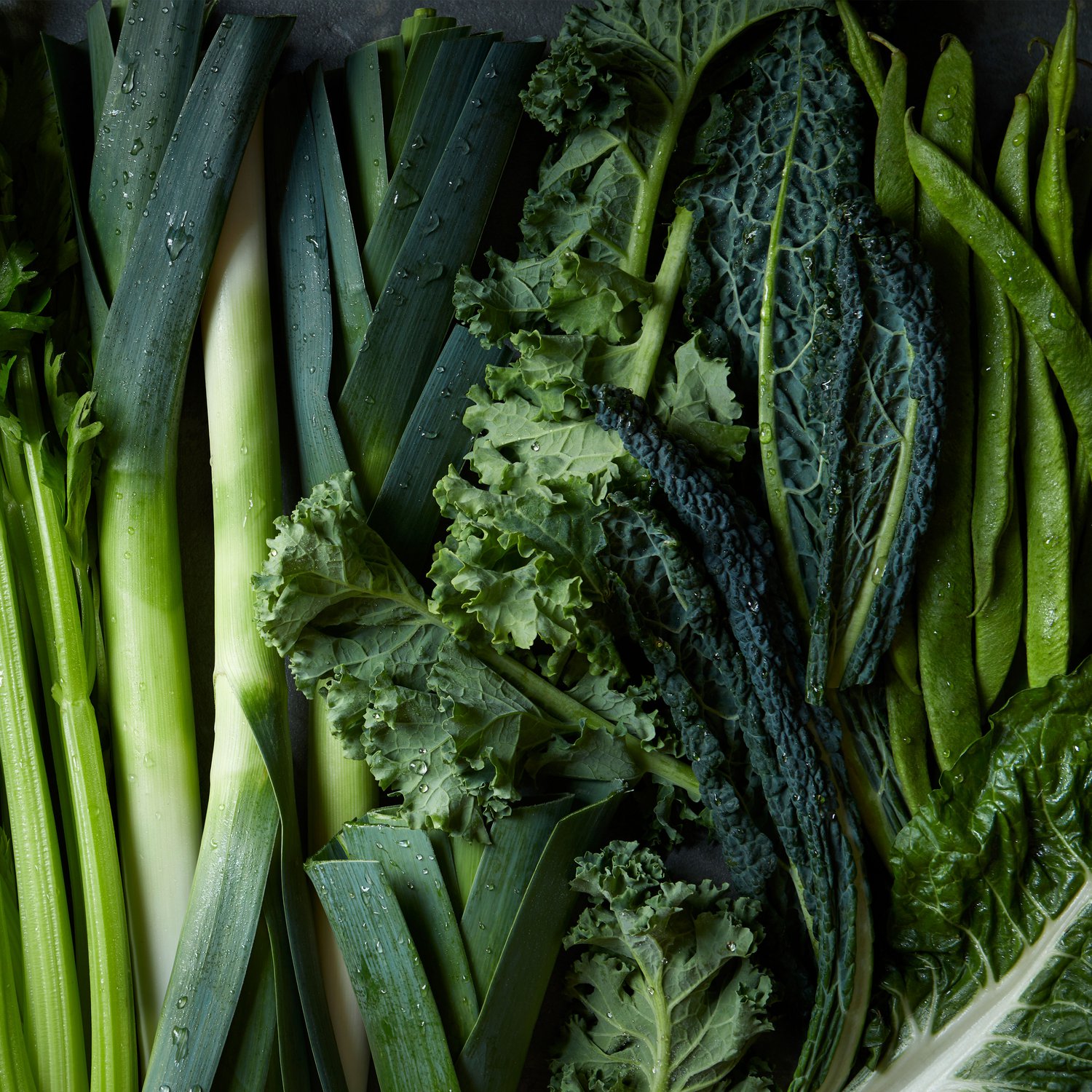Fantastic fibre

Eating enough fibre is one of the best things you can do for your health and upping your intake could protect against life-threatening illnesses such as heart disease, and improve your blood pressure and cholesterol levels. It's recommended to have a minimum of 30g of fibre a day, but most women consume just 17g, while men eat around 21g. Children don’t need as much fibre as adults – two to five-year-olds need about 15g a day; five to 11-year-olds need about 20g; while 11 to 16-year-olds need about 25g. On average, however, children aged 11 to 18 consume just 16g of fibre a day.
WHAT IS FIBRE
Fibre is a type of carbohydrate found in plants that the body cannot digest. Unlike other types of carbohydrates, it supplies no calories because it is not absorbed into the body. While fibre used to be thought of as just the nutrient that keeps us regular, researchers have now shown it has much wider-reaching health benefits.
Soluble fibre (meaning it dissolves in water) turns into a gel-like substance in your gut. It is important for controlling blood sugar and blood cholesterol and helps reduce your risk of chronic disease. Good sources include oats, beans, lentils, nuts, fruit and vegetables.
Insoluble fibre (which doesn’t dissolve in water) is important for your digestive health and keeps constipation at bay. Good sources include wholegrain bread, pasta, rice and vegetables.
Research published in medical journal The Lancet, involving a whopping 135 million person-years of data, showed that people who eat between 25g and 29g of fibre a day have the lowest risk of heart disease, stroke, certain types of cancer and type 2 diabetes. It also showed that the benefits increase in line with consumption. Fibre-rich foods can be beneficial for weight control too, as they are more filling, take longer to digest and increase satiety (that ‘full’ feeling).
One of the most important things fibre does for us is to nourish ‘good’ bacteria in our gut. The trillions of microbes that live there (the microbiome) have a huge impact on your digestive system, heart and brain health. And packing in a wide variety of fibre sources is a good way to support a sprightly microbiome. According to a study by science publisher Cell Press, consuming different types of fibre encourages more beneficial microbes to live in your gut. All it requires is changing up the grains, fruit, vegetables, pulses, nuts and seeds you eat each week.
Fibre is a heart-health hero, helps improve cholesterol levels and feeds the ‘good’ bacteria in your gut. But 90% of us aren’t getting enough...”
Another way to boost fibre intake is to focus on your 5 a day. Each portion will naturally provide around 3g of fibre, which really adds up. Stir a handful of spinach into dals and curries, add grated carrots or courgettes to pasta sauces, or mix a handful of berries into plain yogurt. For breakfast, porridge, muesli, granola or overnight oats are great high-fibre options. A medium bowl of porridge made with 40g oats plus a banana, a handful of berries and a tablespoon of nuts or seeds gives you around 7g. Or opt for wholegrain or seeded toast with peanut butter or avocado, or eat mushrooms or tomatoes alongside your scrambled eggs.
Another easy win is to switch to wholegrain versions of bread, pasta and rice. A sandwich made with two slices of wheat & rye sourdough and mashed avocado has 11g fibre; a wholemeal tortilla wrap filled with a quarter-pot (50g) houmous and 100g roasted red peppers or your favourite grilled veg has 8g. Spicy Red Lentil Soup is a savvy way to boost your fibre intake at lunch and if you pair it with some wholegrain bread (2.5g per slice), you’ll be getting more than one-third of your recommended daily fibre.
HOW TO ADD MORE FIBRE TO YOUR DIET
Easy ways to get that 30g a day…
Nuts and seeds
Chia seeds (1 tbsp/15g) 4.7g
Peanuts (1 small handful/25g) 2g
Almonds (1 small handful/25g) 3.1g
Pulses
Chickpeas (canned, 125g) 6.8g
Baked beans (125g) 6.1g
Frozen peas (80g) 4.2g
Lentils (canned, 125g) 5.5g
Houmous (¼ pot/50g) 2.5g
Fruit
Raspberries (80g) 2.7g
Avocado (one/150g) 6.8g
Pear (one/150g) 3.5g
Vegetables
Broccoli (80g) 3.2g
Carrots (80g) 3.1g
Cabbage (80g) 3.3g
Grains
Wholemeal bread (1 slice/40g) 2.8g
Wheat & rye sourdough (1 slice/50g) 2g
Oats (40g uncooked) 3.1gburge
Popcorn, lightly salted (25g) 2.7g
It’s also worth swapping half the meat in a bolognese or lasagne for lentils (a typical cottage pie made with a mixture of beef and 250g Puy lentils will give you 15g of fibre). Boost stews, salads and curries by adding beans, or make burgers with chickpeas.
A serving of chilli con carne made with beef and canned black beans contains 18g fibre, more than half the recommended daily amount – enjoy it with brown rice for an added bonus. Think about fibre-rich snacks too: fresh and dried fruit, nuts, seeds, oatcakes with houmous, or popcorn.
One word of caution: if you’re not accustomed to having much fibre in your diet, build up gradually. The microbes in your gut that help break down fibre just need a little time to adjust (otherwise uncomfortable side effects such as wind and bloating can result). But as they do, the health benefits will follow.









